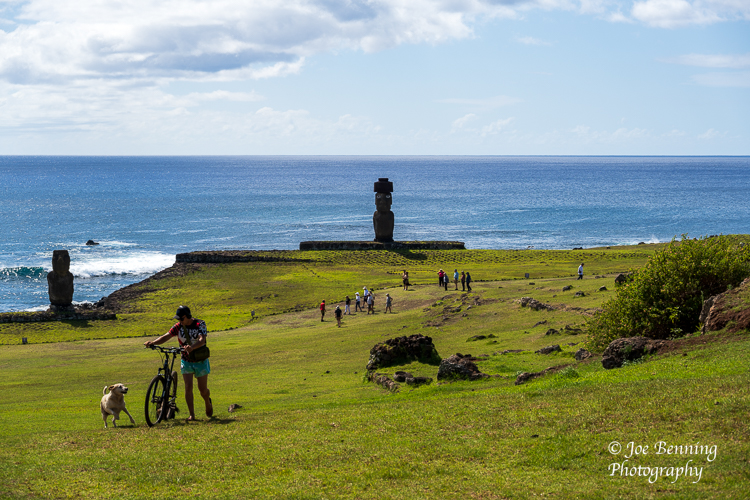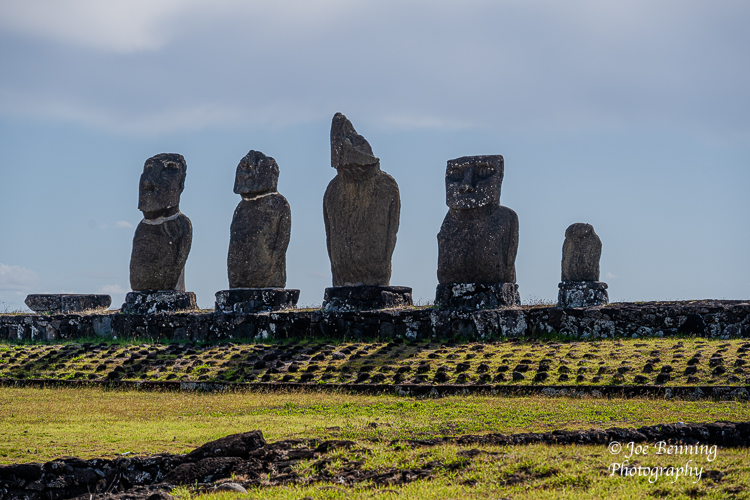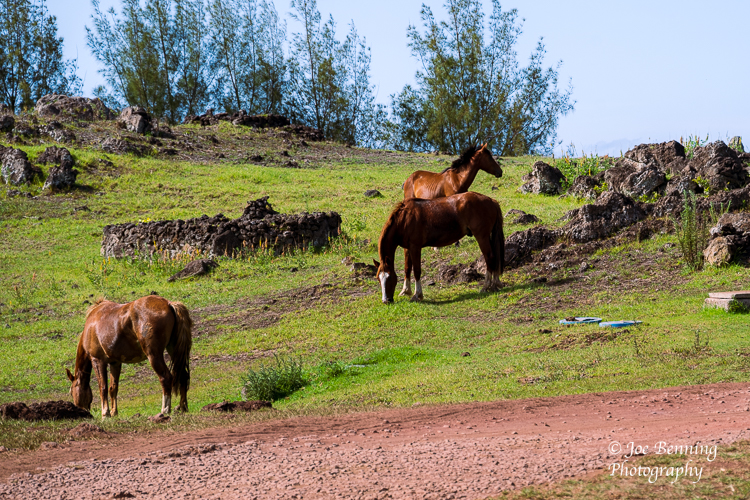Commonly known as Easter Island, it was so named because the European sailors who discovered the island arrived on the scene on Easter Sunday. Recently it has become customary to refer to the island as Rapa Nui and the native peoples as the Rapanui people. The name roughly translates as “Big Rapa” which references the Island of Rapa, a large island in French Polynesia. The first recorded use of the name was in the 1860s. Apparently the name has been used to differentiate it from the Island of Rapa.
The island is best known for the Moai Statues that dot the island. Another notable part of the history of the island is that it was probably settled sometime between 600 and 900 AD by explorers from another Polynesian island. And then after settling the island the society that the settlers built abruptly collapsed in the 1700s.
We visited Rapa Nui for the second time on the 25th of January. It took several sea days to get there, and will take another 4 sea days to get to our next destination in French Polynesia, Fakarova. The reason for the long trek is that Rapa Nui is in the middle of the Pacific Ocean, thousands of miles away from any where else. For instance, Rapa Nui is several thousand miles away from Chile which annexed it in 1883. Although Chile granted full citizenship to Rapanuis in the 1960s, there is still quite a bit of anti-Chilean sentiment on the island.
The Moai (pronounced Mō Eye) statues that dominate the island’s archeology have to be seen to be believed. They extend up to 80 feet tall, and some weigh more than 40 tons. They were carved out of stone in a rock quarry on the other side of the island and then transported to the coasts of the island where they were stood up facing inward. That leads to 2 rather obvious questions.
First—why do the statues face inward? Second—how on earth did they manage to move these enormous statues all the way from the quarry to the coast?
It turns out that the statues face inward as if looking over the population because that is what the statues were set up to do. The native people of the island believed that the statues possessed a quality they called “Mana”. They believed that “Mana” was a type of spiritual quality which their ancestors could pass on when they died; in a sense it was passed from the ancestors to the statues which would then look over and protect them.
The second question—how did the native population move these heavy statues over long distances in the 1400s to 1600s, absent modern tools like Caterpillar tractors? Many archeologists have worked on the problem and have come up with various solutions that include rolling the statues to the coast using trees tied together and used as wheels. There is virtual unanimity that notwithstanding all the books and TV specials produced by a congeries of cranks and con men, intervention by space aliens is not a reasonable explanation.
Easter Island (Rapa Nui) is a fascinating place that poses many other interesting questions, one being why did the civilization rapidly begin to disappear during the 1700s. We were lucky enough to hear several lectures about these and other questions by an expert named James Grant-Peterkin, who is British Honorary Consul. He has produced a very good short guide book that delves into the story of Rapa Nui titled “A Companion to Easter Island” that is well worth reading. Needless to say, it is available on Amazon.
It would take too much time (and bandwidth) to go on more about Easter Island. But…if you get a chance to visit, certainly consider it. (Here is a blog post link from our 2018 visit). In the meantime several photos from our most recent visit are included below.
Meanwhile, Iorana (Polynesian for Hello or Goodbye).
Joe





